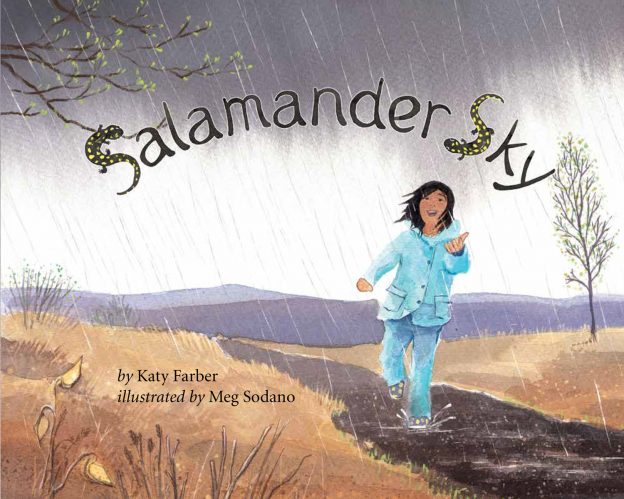JOY + CARE + RESILIENCE

(Originally posted on the TIIE website)
Do students have enough joy in schools? Or do they simply rush from task to task because someone told them what to do and how to do it?
With increasing levels of student anxiety, depression, troubling world events and screen addiction, I think it is time for be more purposeful by integrating more JOY into the school curriculum. And I am not alone. Take the incredible book Unearthing Joy: A Guide to Culturally and Historically Responsive Teaching and Learning by Gholdy Muhammad, where the author advocates for integrating joy, art and play into teaching units and our regular practice. One way to do this is with the Joy Project.
The following post and project I created during the pandemic, when teachers were looking for projects fueled by purpose and joy in an uncertain world. Those factors certainly have not changed. I used this template and resources with my 5th graders, who presented meaningful, engaging, and purposeful projects to our school and community. In a fractured world, students need more joy and creativity to build up their sense of selves, their resilience, and connections to their communities.
A student-driven, thematic project can provide this.
Hear us out: it’s time for Joy Projects.
You may have heard the terms before: genius hours, passion projects, curiosity projects. But for this moment in time, we feel like we need:
- a student-driven interest-based project
- that can be done remotely
- featuring analog and virtual options
- focused on JOY + CARE + RESILIENCE
Take a moment with that idea, because it’s a big one.
How can educators and families support students in doing personal interest projects done with flexibility, creativity and curiosity? What kind of guidelines could students use to provide structure and direction for passion-based learning?
The Basic Recipe: 7 Steps to Joy
We want to help educators and students do personal interest projects that feature the following seven steps.
1. Discover your interests
Students, what brings you joy during this time? What do you want to explore? Will your Joy Project be wide open and free choice? Or will you focus mostly on one subject area, or a Global Goal, or a student-determined theme? And educators, what kind of joy do you see relating to where your students were, as a group, or where you’re all going on this new journey?
2. Discover your community.
Who are the people around you? And who do you see pulling together as a community right now, what do you notice happening? Who is in your community during this challenging time, and what are some of their strengths and some of their needs?
3. Find the overlap.
This one’s key: where are the places where your interests as a learner overlap with the needs of your community? Think of this in terms of finding a key that unlocks learning in your community, or that of your students. Your community’s needs are a lock; when the needs are met, they unlock better health and happiness in the community. Your learning interests are a key: you can use them to unlock that better health and happiness.
4. Enlist help.
We are all stronger together: as you undertake this learning project, who are some of the people or organizations in your community who can provide you with support. Are they some of the same people with the needs you’re trying to meet? Or, are they people who simply have strengths that you may not have explored, who could lean in a little?
5. Choose a reflection.
As you learn, you’re going to want to keep track of what you’re learning along the way. You could use a learning journal, or a scrapbook. You could create a podcast, or start a YouTube channel. Or could you could free-write, or explore mixed media? Or create a class padlet for all the students in the group to document their learning? Choose a method in advance, then…
Continue reading


